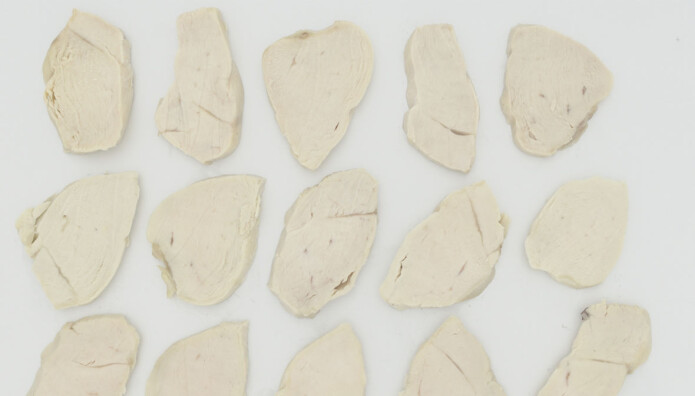02.9.2020
Reducing food waste by saturating chicken with CO2 to increase shelf life
Lidunn Mosaker Boge Do you like ready-cooked, sliced meat that you can just empty straight into a salad? Most of the ready-to-eat food products we know from the shops are all processed to some extent before they reach the supermarket shelves. The methods used to produce them are safe and well-established, but food scientists are constantly working to develop technologies that are even more gentle so as to increase the shelf life of food and improve its quality.
What effect does CO2 have on food?
One of the methods being investigated is to add a lot of carbon dioxide (CO2) to raw foodstuffs during processing. In relation to food, CO2 really helps because it can inhibit bacterial growth. Therefore, food that is packaged with less oxygen and more CO2 can have a longer shelf life, which is an important contribution in reducing food waste. The question the scientists (now) would like to investigate was whether CO2 could do even more for the food. What if the raw foodstuff is saturated with CO2 before being processed and packaged – could this extend its shelf life further and provide better quality? The scientists wanted to test what the effect of CO2-saturated chicken would be when processed differently afterwards.CO2, high pressure and microwaves

And – what was the result?
Along the way, during a period that stretched over several months, the scientists analysed the chicken samples in order to measure several different quality characteristics; these included colour, texture, pH, loss of fluids, microbiology and rancidity. Did the processes work, and were there any tendencies that changed during the storage period? The trial chicken fillets were compared to each other and also with a commercially produced chicken product of the same type. “The most important thing we found was that cooked chicken that had been pre-processed with both CO2 and high pressure received a longer shelf life than those that were processed in other ways”, says Tem Thi Dang. All the different types of processing gave longer shelf life than the untreated. However, other processing effects could also be noticed in the results.
